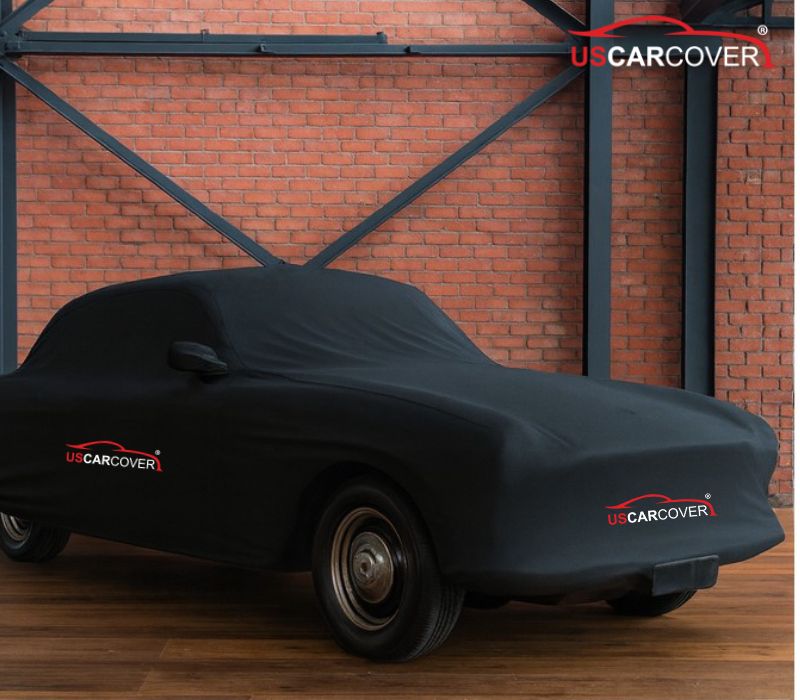
Bristol Cars is a British maker of luxurious, coachbuilt sports cars, famed for extremely limited production. Both classic and modern Bristol models often feature real wood veneer and premium leather inside, which makes them highly collectible. For owners in the United States, one of the biggest day-to-day concerns is the temperature difference between a sun-soaked exterior and the cabin. That interior heat swing can lead to wood veneer cracking and rubber weatherstrips drying out and shrinking over time. Using a dedicated car cover designed for Bristol models helps reduce these effects and protects long-term value.
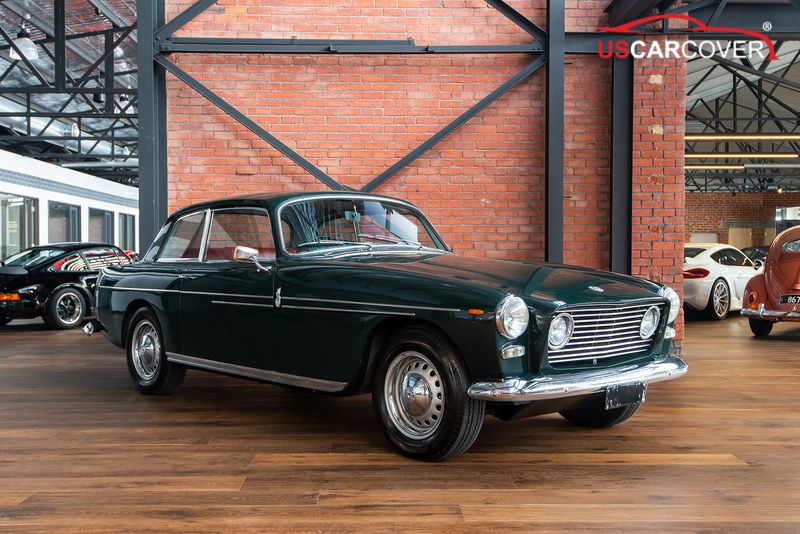
Related Articles: Bricklin Car Covers: Effective UV Protection to Preserve Acrylic Paint and Gelcoat Finish
Overview of Bristol Cars
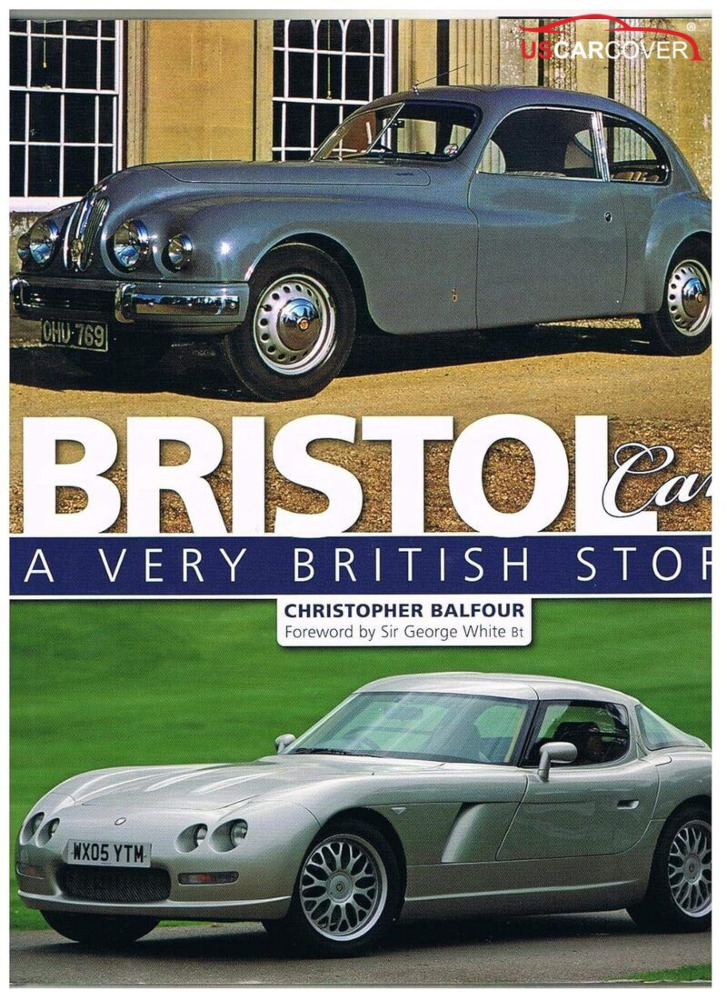
Bristol Cars is a hand-built British brand that produced vehicles in very small numbers. Standout classics from the last century such as the 404, 406, and 409 came with rich wood and leather interiors. Although the company ceased production in 2020, both vintage and modern Bristols remain sought after by collectors. The Bristol Bullet concept (2016), celebrating the brand’s 70th anniversary, was priced as a true halo piece. With cars of this caliber, keeping interiors and weather seals healthy is a top priority for owners.
Related Articles: Bentley car cover: luxury, quality, finesse even while the car is covered
What interior temperature swing is and why it matters

An interior temperature swing is the difference between outside air temperature and the heat that builds inside a parked car. Sunlight passes through the glass and is trapped, so cabin temperatures shoot up quickly. Even on a mild day, a parked vehicle can heat rapidly inside, while dark dashboard surfaces can get extremely hot to the touch. Big swings between hot afternoons and cool nights stress materials. Plastics, leather, wood, and adhesives expand when hot and contract when cool. Repeat that cycle, and parts become brittle, then develop fine cracks or separation. For Bristol models with real wood veneers, this risk is especially important to manage. A car cover that reduces solar load helps keep those swings smaller.
Related Articles: Avanti car cover: Will an anti static lining that reduces dust buildup keep the finish glossier in dusty winds and coastal climates
Veneer cracking: causes and consequences
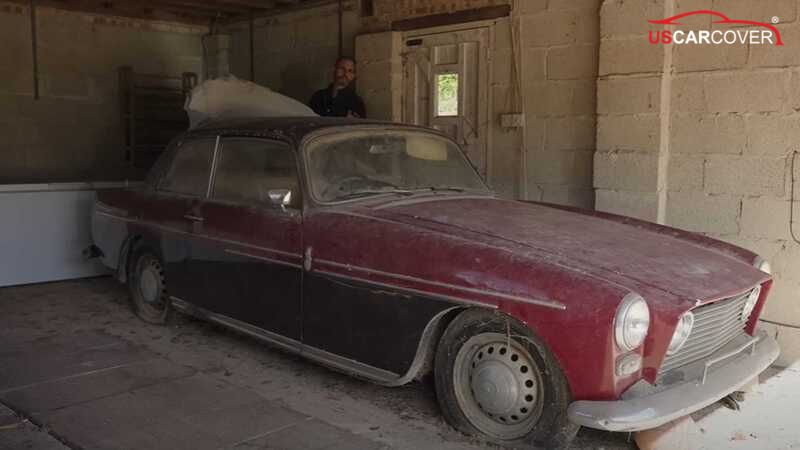
Veneer is a thin layer of real wood bonded to a substrate. Wood naturally absorbs and releases moisture and also expands and contracts with temperature, which makes veneer sensitive to the climate inside a parked car. Long, hot sun exposure dries wood fibers and stresses glue lines. As the cabin cools again, the veneer can contract unevenly. Over time you may see fine lines in the finish, lifting at edges, or small areas where the veneer bubbles and then fractures. For Bristol classics with generous wood trim, repairs can be complex and costly because veneer replacement requires careful color matching and craftsmanship. Preventing the heat spike in the first place is far easier than restoring cracked wood later, which is why UV-reflective shade and a quality car cover are smart habits.
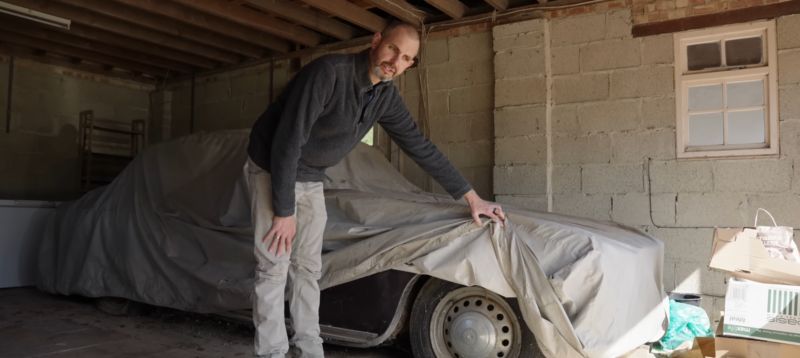
Related Articles: Austin-Healey Car Cover: Lightweight, UV resistant and durable
Weatherstrip shrinkage and aging
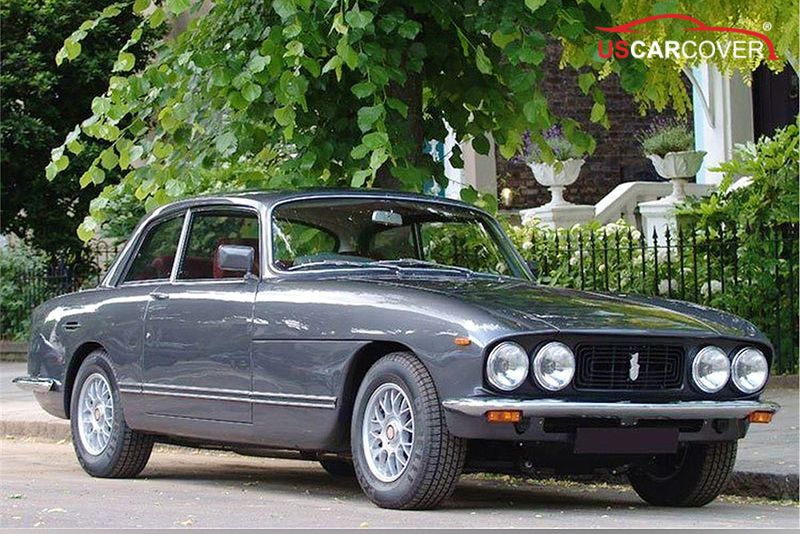
Door, trunk, and window weatherstrips are rubber seals that keep water out and reduce noise. Rubber is vulnerable to sustained heat and UV. Under strong sun, polymers in rubber break down, leading to dried, hardened, and cracked seals. As elasticity disappears, gaps form, rain can seep in, and wind noise increases. Along with shade and a car cover, owners should periodically apply a dedicated silicone conditioner to rubber seals to keep them supple. Used together, those simple steps greatly slow drying and shrinkage in Bristol weatherstrips.
Related Articles: Austin Car Cover - A U.S climate checklist what to use
Other benefits of using a car cover
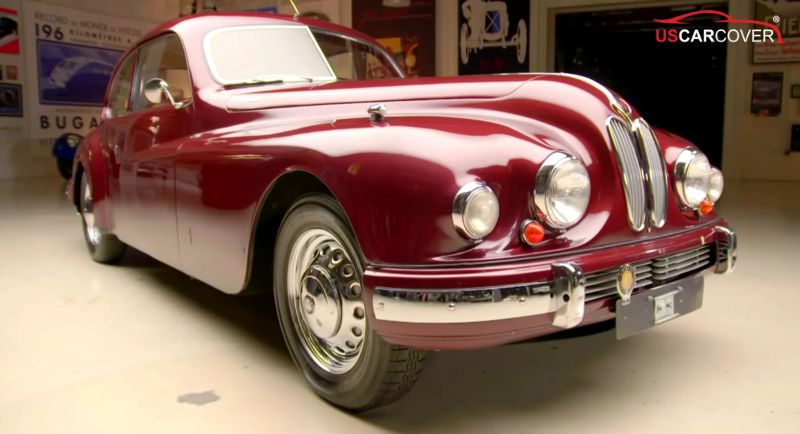
Beyond lowering heat inside, a car cover brings everyday protection that adds up over a season:
- Blocks dust and grime. A cover stops dust, pollen, tree sap, and bird droppings from landing directly on the car, keeping glass and bodywork cleaner and reducing the temptation to wipe dry dust that can scratch.
- Shields from rain and wind. With a water-resistant or waterproof cover, rain, dew, and light snow do not sit on the surfaces. That helps prevent mineral spotting and reduces corrosion risk on brightwork.
- Filters UV. Reflective and UV-resistant fabrics cut the amount of ultraviolet reaching the cabin. Leather, plastics, and wood finishes stay richer in color and resist drying and fading.
- Soft barrier to small bumps. Thicker covers can cushion against minor contact in a garage. They will not prevent damage from strong impact, but they do reduce scuffs from light brushes.
- Moderates engine bay heat soak. Covering the hood after the car has cooled helps limit direct sun on plastics and seals in the engine bay during long outdoor parking.
Add an interior windshield sunshade and you will reduce dashboard heat even further. The sunshade blocks direct radiation, while the exterior cover lowers overall solar gain.
Related Articles: BMW Car Cover Why a car in the garage still deteriorates and how to stop it at the source
Common types of car covers
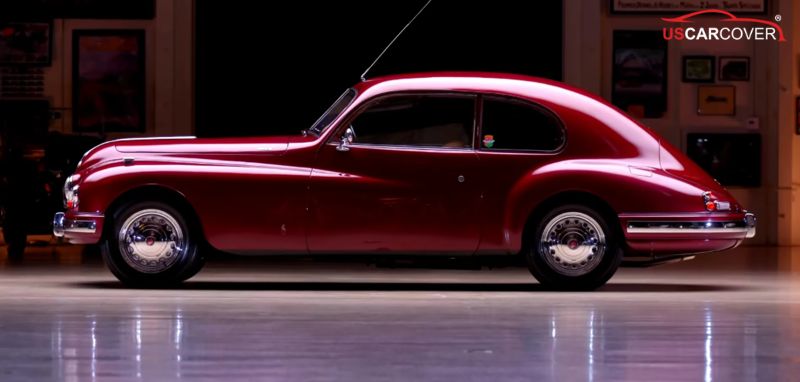
Indoor cover. Lightweight, soft fabric designed mainly for dust protection in enclosed garages. It does not provide weather protection but is quick and gentle to use on high-gloss finishes.
Outdoor basic cover. Multi-layer woven fabric with basic water resistance. Suitable for general outdoor parking where conditions are not extreme.
Waterproof cover. Multi-layer construction with a fully water-proof outer skin. Best for sustained rain or snow. Choose options that remain breathable so trapped moisture can escape.
Reflective or UV-focused cover. Light or aluminized outer surface to reflect sunlight and reduce heat buildup. Ideal for high-sun regions and for protecting cabins with real wood and leather.
Premium multi-layer cover. Four to five layers that typically include a soft liner, a moisture barrier, UV layers, and a durable outer weave. This is the most comprehensive protection for long outdoor storage.
Each type serves a use case. In the American Southwest, reflective covers are favored for extreme sun. In humid Florida or coastal areas, strong waterproofing with real breathability is crucial.
Related Articles: Auburn Car Cover 7 things 90% of owners overlook
Suggestions for choosing a cover based on your needs
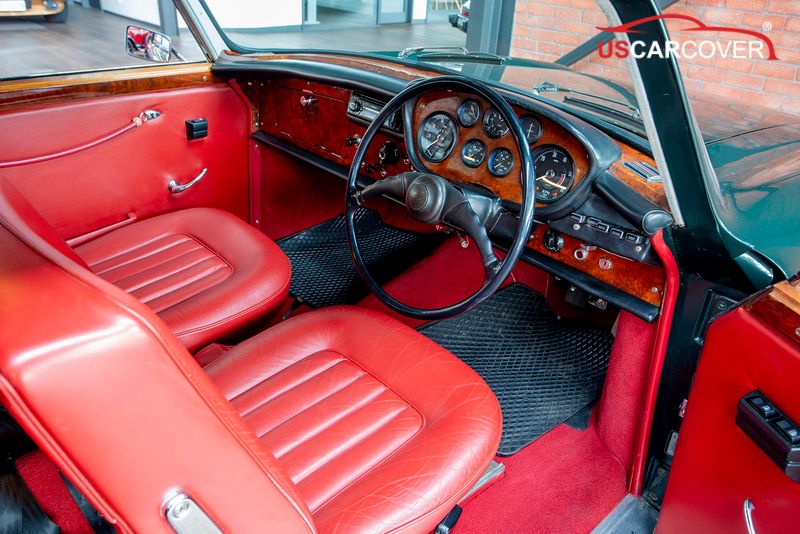
- Hot and dry regions such as Arizona and Texas. Choose a reflective or light-colored multi-layer car cover with strong UV resistance. Pair it with an interior sunshade to reduce dashboard heat even more.
- Humid and rainy regions such as Florida and the coasts. Select a waterproof yet breathable cover with sealed seams. The breathability prevents condensation under the fabric.
- Parking in a garage. An indoor cover is usually sufficient for dust protection. If afternoon sun reaches the vehicle inside the garage, a UV-resistant cover is still helpful to protect the interior.
- Long outdoor storage. Opt for a thicker, well-secured, multi-layer cover that combines UV defense with water resistance. Tie-down points help prevent shifting in wind.
- Classic versus modern Bristols. Classics with more wood trim benefit from very soft inner liners to avoid micro-marring. Modern models with more leather and vinyl still need strong heat and UV control. Both types benefit from breathable, UV-blocking fabrics.
Whenever possible, order a custom-fit cover sized to your exact model. Ultra-cheap, thin covers often lack UV performance and durability, which limits real protection.
Related Articles: Aston Martin Car Cover - Why Every Aston Marin Owner Needs This Gift
How to use and maintain a cover
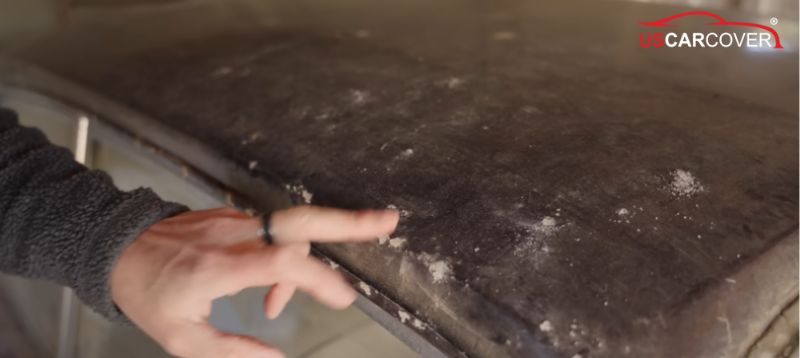
Clean and dry the car first. Wash and dry thoroughly before covering so you do not trap grit against the finish. Never cover a damp vehicle.
Install and secure the cover properly. Set the front edge, then guide the cover along the roofline so it centers itself. Fasten straps or grommets so the cover does not flap. Keep windows closed for short parking. For very long sits, you may crack a window slightly in a secure garage to promote ventilation.
Remove and air out the cover. Periodically remove the cover, shake off dust, and let it air-dry. If it gets wet, dry it fully before folding to prevent mildew.
Maintain the interior at the same time. While covering becomes a habit, add interior care to the routine. Apply silicone conditioner to weatherstrips, and use appropriate leather and wood care products for seats and veneer.
Watch the weather. In severe wind or hail forecasts, remove the cover in advance to prevent fabric damage. Reinstall when conditions settle.
Exercise the car. For vehicles that sit, start and drive briefly so fluids circulate and tires do not flat-spot. Check battery health and tire pressures regularly.
Quick Q&A
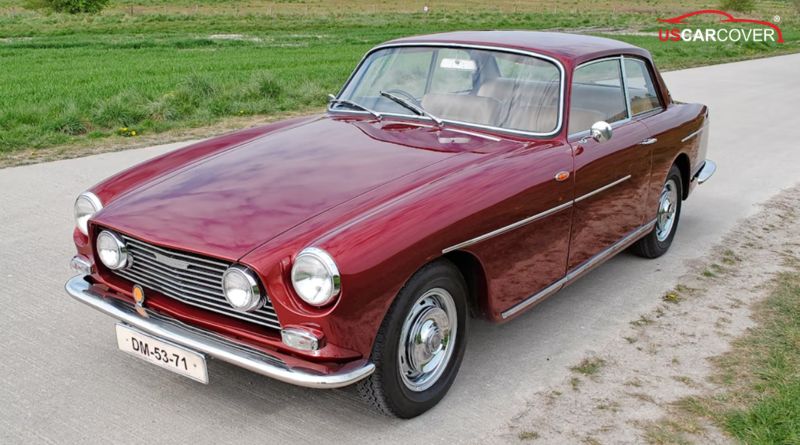
- Which type should I buy? Choose a custom-fit, multi-layer car cover with real UV protection. A soft inner liner is ideal for wood-rich interiors. Premium outdoor lines from reputable makers are worth it for these cars.
- What if the car is parked in a garage? An indoor cover is fine for dust. If sun angles into the garage, a UV-resistant option provides extra protection for the interior.
- Do covers trap moisture and make the car hotter? Not if you choose correctly. Use breathable fabrics and never cover a wet or hot car. Let the vehicle cool and dry before covering.
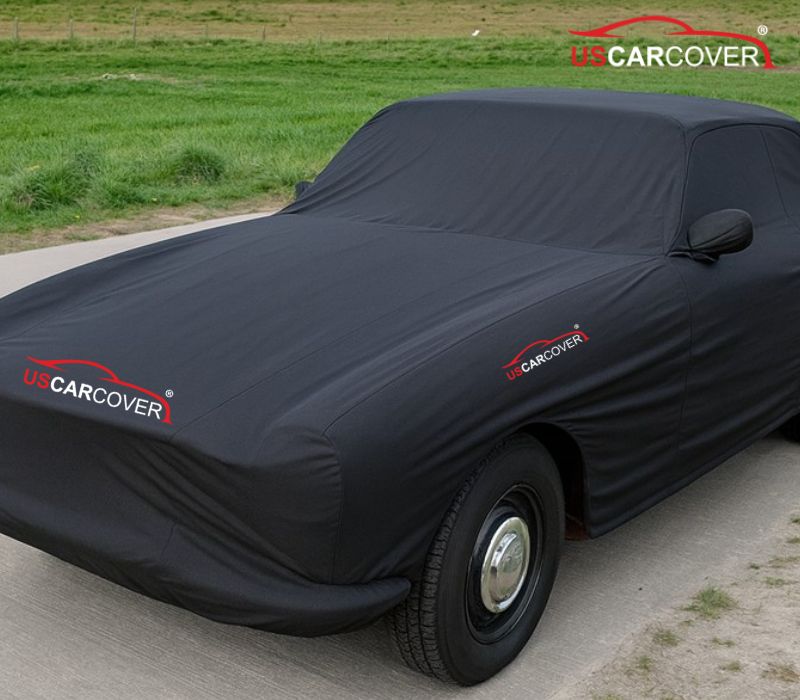
Using the right car cover meaningfully reduces interior temperature swings, which in turn limits veneer cracking and weatherstrip aging caused by heat and UV. It also keeps off dust, rain, and light scuffs. When you pair a quality cover with simple maintenance like conditioning seals and caring for leather and wood, and you factor in the climate where you live in the United States, your Bristol stays fresher for longer. The result is a cabin that looks and feels right every time you open the door and a car that preserves both its character and its value
